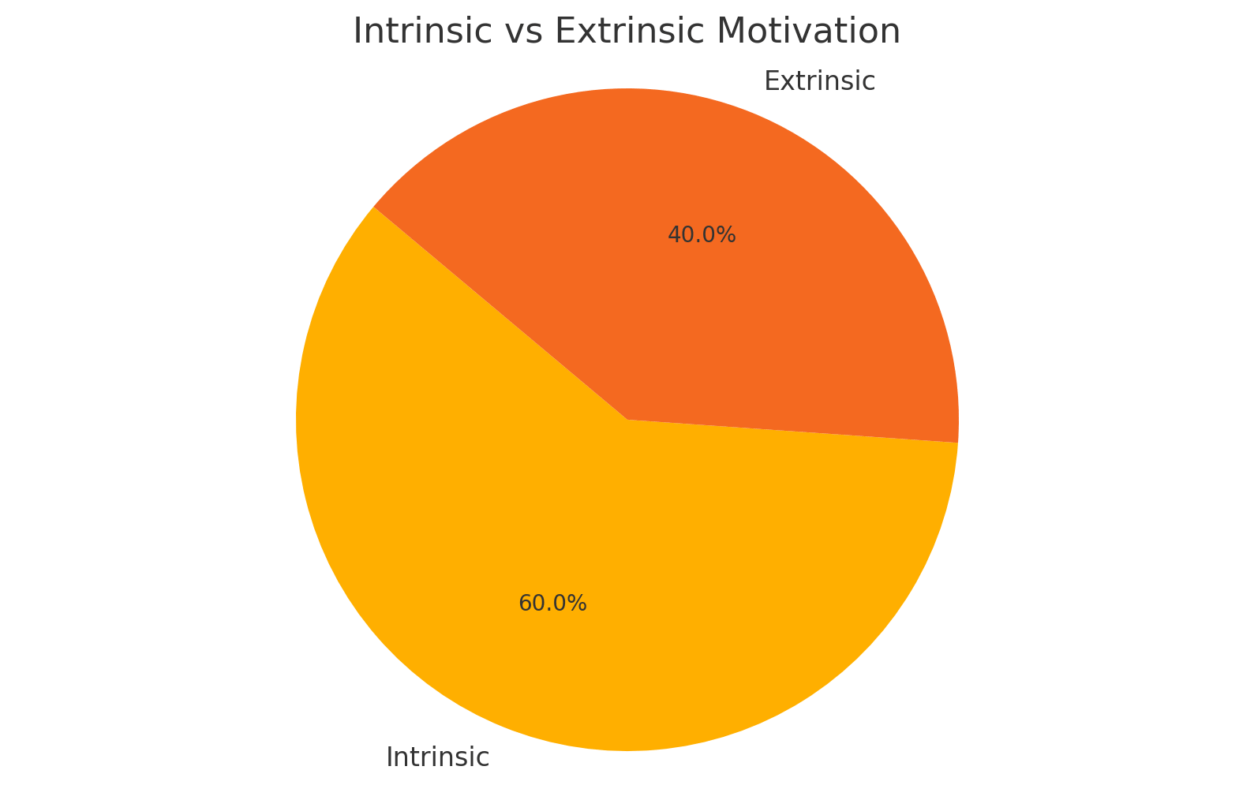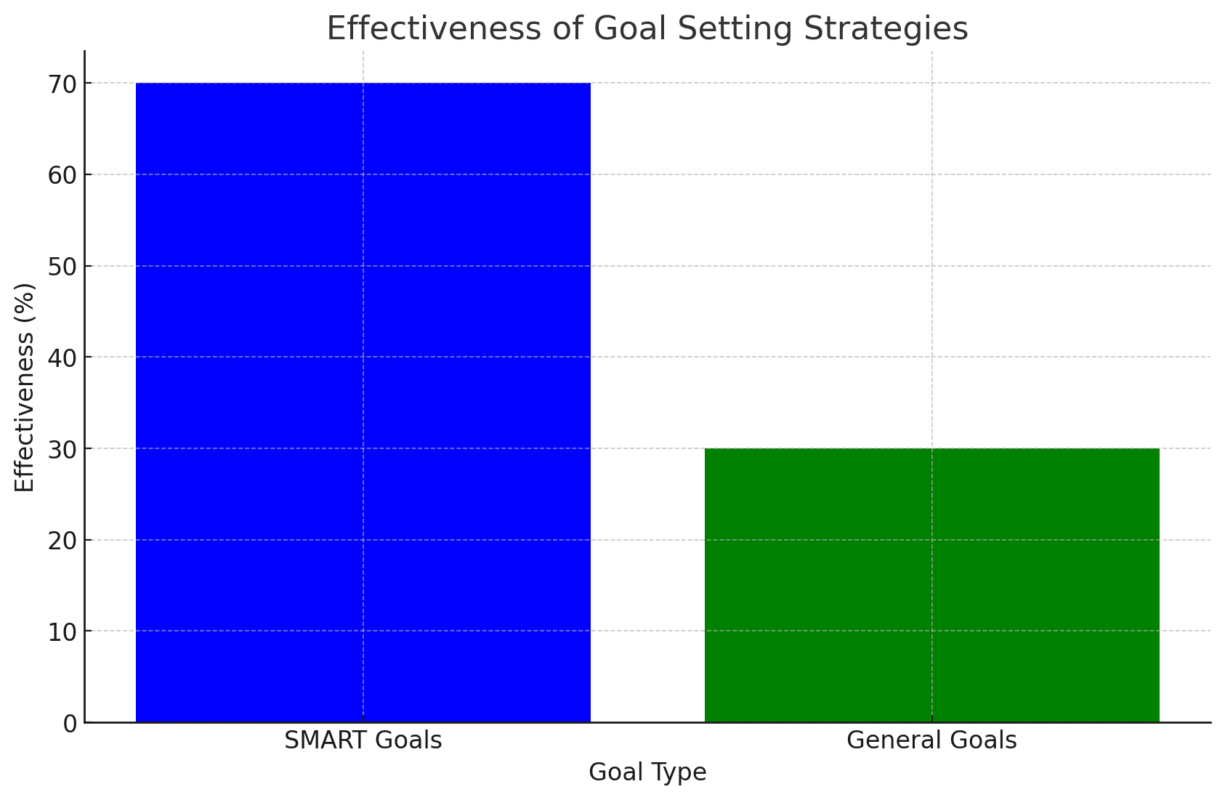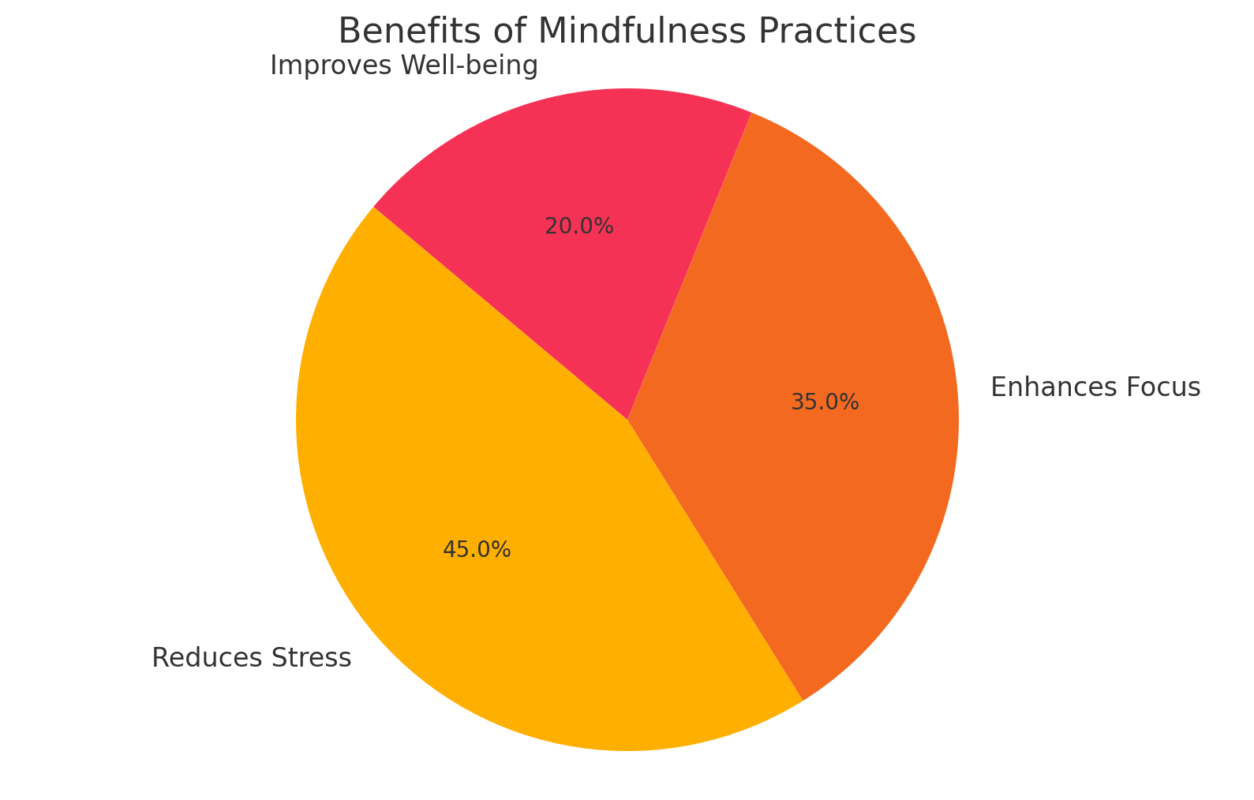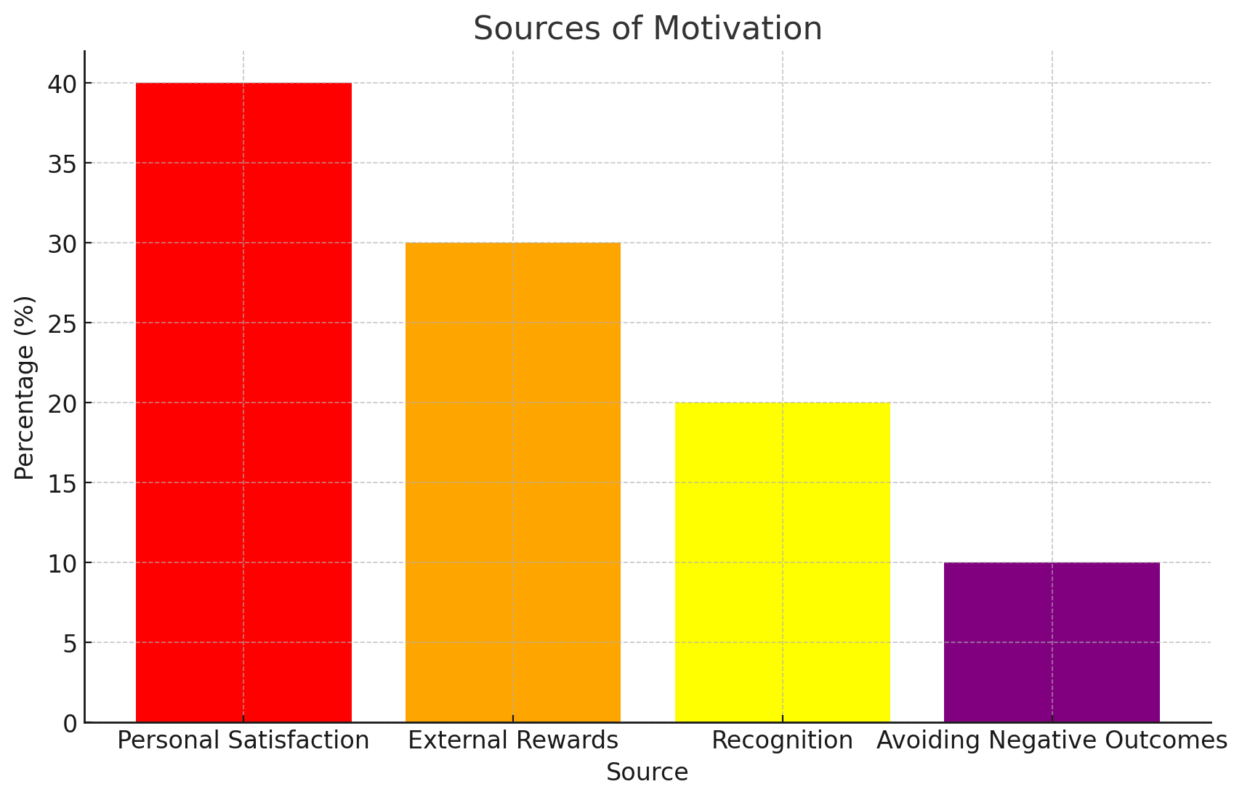The Science of Motivation
Have you ever wondered what really drives you to achieve your goals or stick to a new habit? Understanding the science of motivation can be the key to unlocking your potential. Whether you’re trying to stay motivated every day, achieve your personal and professional goals, or incorporate mindfulness into your routine, knowing what fuels your drive is essential. This blog post will delve into the intricacies of motivation, both intrinsic and extrinsic, and provide practical strategies to harness it effectively. Be sure to check out our interconnected posts, like Simple Habits to Stay Motivated Every Day, Practical Steps to Achieving Your Goals for more comprehensive insights and tips.
Intrinsic Motivation Insights
Intrinsic motivation is the internal drive that pushes us to engage in activities because we find them inherently rewarding. This type of motivation is fueled by personal satisfaction and the joy of doing something for its own sake. Understanding intrinsic motivation can help you tap into your inner drive and maintain a steady flow of energy and enthusiasm.
- Personal Satisfaction: When you pursue an activity because it brings you personal joy or satisfaction, you’re driven by intrinsic motivation. This can include hobbies, learning new skills, or simply enjoying a task without expecting any external rewards.
- Autonomy and Mastery: Intrinsic motivation often thrives when we feel autonomous and capable of mastering our tasks. The sense of control and competence boosts our inner drive, making us more committed and enthusiastic.
- Purpose and Meaning: Engaging in activities that align with our core values and beliefs provides a sense of purpose and meaning. This connection enhances our intrinsic motivation, as we feel our actions are contributing to something larger than ourselves.
To cultivate intrinsic motivation, consider incorporating small, enjoyable tasks into your daily routine. This can be as simple as setting aside time for a hobby or learning something new just for fun. For daily motivation tips, you might find the strategies in our post Simple Habits to Stay Motivated Every Day particularly helpful.
In conclusion, intrinsic motivation is a powerful force that can drive us to achieve our goals and enjoy the journey along the way. By understanding and nurturing this internal drive, we can unlock a sustained source of motivation that goes beyond external rewards.
Extrinsic Motivation Drivers
Extrinsic motivation is driven by external rewards and incentives. These can range from tangible rewards like money and prizes to intangible ones like praise and recognition. Understanding extrinsic motivation can help you leverage these external factors to boost your drive and productivity.
- Tangible Rewards: Money, gifts, and other physical incentives can significantly motivate us to complete tasks and achieve goals. These rewards provide a clear and immediate benefit for our efforts.
- Social Recognition: Praise, awards, and public acknowledgment can boost our motivation by satisfying our need for approval and validation from others.
- Avoidance of Negative Outcomes: Sometimes, extrinsic motivation comes from the desire to avoid negative consequences, such as penalties or disapproval. This can push us to perform tasks we might otherwise neglect.
To learn more about how external rewards can be effectively utilized, refer to our post Practical Steps to Achieving Your Goals, where we discuss the balance between intrinsic and extrinsic motivators.
Goal Setting Strategies
Setting clear and achievable goals is essential for maintaining motivation and achieving success. Effective goal setting provides direction, keeps you focused, and helps measure progress. Here are some strategies to ensure your goals are both attainable and motivating:
- SMART Goals: Ensure your goals are Specific, Measurable, Achievable, Relevant, and Time-bound. This framework helps in creating clear and actionable objectives.
- Break Down Goals: Large goals can be overwhelming. Break them down into smaller, manageable tasks to make the process less daunting and more achievable.
- Visualize Success: Visualization techniques can help you stay motivated by mentally rehearsing the successful completion of your goals. This builds confidence and reduces anxiety.
- Track Progress: Regularly monitoring your progress keeps you accountable and allows you to adjust your strategies as needed. This can involve keeping a journal, using apps, or setting milestones.
- Stay Flexible: Sometimes, goals need to be adjusted due to unforeseen circumstances. Being flexible and adaptable ensures you remain motivated even when things don’t go as planned.
For more detailed steps on achieving your goals, check out our interconnected post Practical Steps to Achieving Your Goals.
In summary, effective goal setting is a critical component of maintaining motivation. By following these strategies, you can set yourself up for success and stay driven throughout your journey.
Mindfulness in Motivation
Mindfulness plays a crucial role in maintaining motivation by helping you stay present and focused on your goals. Practicing mindfulness can enhance your awareness of both your intrinsic and extrinsic motivators, allowing you to align your actions with your core values and long-term objectives.
- Stay Present: Mindfulness encourages you to concentrate on the current moment, reducing distractions and increasing your efficiency in pursuing your goals.
- Reduce Stress: Mindful practices, such as meditation and deep breathing, can lower stress levels, which often hinder motivation.
- Enhance Focus: By improving your ability to focus, mindfulness helps you stay on track and maintain momentum toward your goals.
Sustaining Motivation Techniques
Maintaining long-term motivation can be challenging, but with the right techniques, you can keep your drive alive. Here are some strategies to ensure you stay motivated over time:
- Set Short-Term Goals: Break down your long-term objectives into short-term goals. Achieving these smaller milestones can provide a sense of accomplishment and keep you motivated.
- Celebrate Small Wins: Acknowledge and celebrate your progress, no matter how small. This can boost your morale and reinforce your commitment to your larger goals.
- Create a Support System: Surround yourself with supportive individuals who encourage and motivate you. This can include friends, family, mentors, or even online communities.
- Stay Flexible and Adapt: Be open to adjusting your goals and strategies as needed. Flexibility allows you to navigate obstacles without losing motivation.
- Regular Reflection: Periodically reflect on your progress and reassess your goals. This helps you stay aligned with your core values and maintain a clear sense of purpose.
For additional insights on sustaining daily motivation, see our post Simple Habits to Stay Motivated Every Day. Also, integrating practical steps from Practical Steps to Achieving Your Goals can further support your long-term motivation strategies.
Conclusion
Understanding the science of motivation is key to unlocking your potential and achieving your goals. By recognizing the power of intrinsic motivation, you can tap into your internal drive and find joy in the journey. Leveraging extrinsic motivation through external rewards and recognition can further boost your efforts. Effective goal-setting strategies provide direction and measurable progress, while mindfulness keeps you present and focused. Finally, sustaining motivation requires consistent reflection, flexibility, and celebrating small wins.
By integrating these insights and techniques, you can maintain a balanced and powerful drive toward your aspirations. For daily habits that support your motivation, explore Simple Habits to Stay Motivated Every Day. To refine your goal-setting skills, refer to Practical Steps to Achieving Your Goals.
Stay motivated, stay focused, and enjoy the journey!
| Frequently Asked Questions |
| 1. What is the science of motivation? The science of motivation involves understanding the psychological and neurological factors that drive us to pursue our goals and engage in certain behaviors. It explores both intrinsic and extrinsic motivators and how they impact our actions. |
| 2. How can I improve my intrinsic motivation? Improving intrinsic motivation involves finding activities that bring personal satisfaction and joy. This can include setting goals that align with your core values, seeking tasks that provide a sense of autonomy and mastery, and regularly engaging in hobbies that you find inherently rewarding. |
| 3. What role does mindfulness play in motivation? Mindfulness enhances motivation by helping you stay present and focused on your goals. It reduces stress, improves concentration, and fosters a deeper connection to your intrinsic motivators. Incorporating mindful practices into your routine can significantly boost your overall drive. |
| 4. How can I balance intrinsic and extrinsic motivation? Balancing intrinsic and extrinsic motivation involves setting goals that are personally meaningful while also leveraging external rewards and recognition. By understanding the science of motivation, you can create a balanced approach that maximizes both internal satisfaction and external incentives. |











